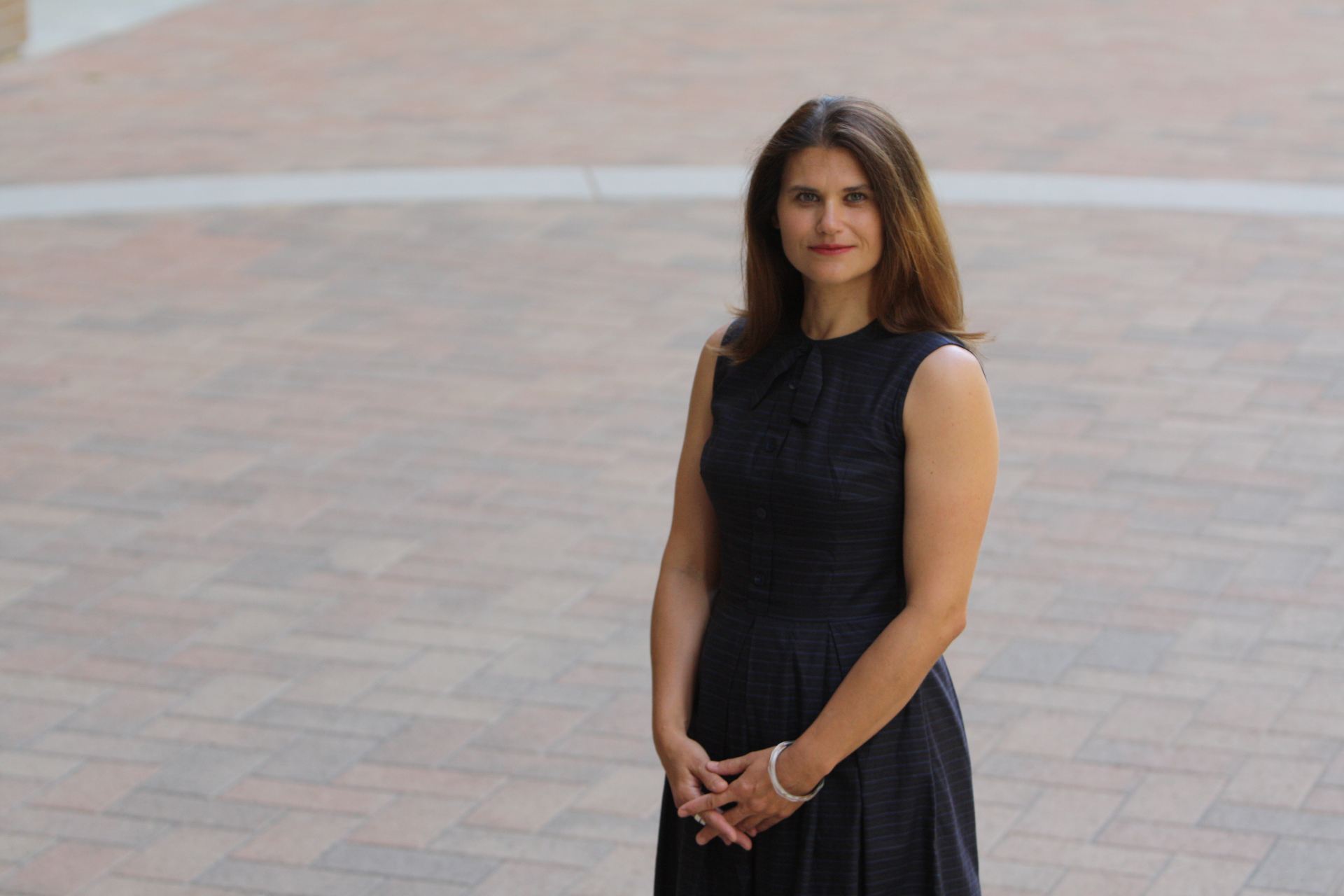What happens when children become investment projects and childrearing becomes exhausting labor
Parents are exhausted. When did raising children become such all-consuming, never-ending, incredibly expensive and emotionally absorbing effort? In this eye-opening book, Nina Bandelj explains how we got to this point—how we turned children into financial and emotional investments and childrearing into laborious work. At the turn of the twentieth century, children went from being economically useful, often working to support families, to being seen by their parents as vulnerable and emotionally priceless . In the new millennium, however, parents have become over-invested in the emotional economy of parenting.
Analyzing in-depth interviews with parents, national financial datasets and decades of childrearing books, Bandelj reveals how parents today spend, save, and even go into debt for the sake of children. They take on parenting as the hardest but most important job and commit their entire selves to being a good parent.
The economization and emotionalization of society work together to drive parental overinvestment, offering a dizzying array of products and platforms to turn children into human capital—from financial instruments to extracurricular programs to therapeutic parenting advice. And yet, Bandelj warns, the privatization of childrearing and devotion of parents’ monies, emotions, and souls ultimately hurt the well-being of children, parents, and society.
Overinvested offers a compelling argument that we should reimagine children and what it means to raise them.
Introduction
PART I. Invest
Chapter 1 The Child as Human Capital
Chapter 2 Our Emotional Lives
Chapter 3 Invested Parenting
PART II. Finance
Chapter 4 The Price of Priceless Childcare
Chapter 5 Affording (or Not) a Good Education
PART III. Labor
Chapter 6 Labor of Love
Chapter 7 Mom’s (Impossible) Job
PART IV. Stop (or What has the Parenting Economy Wrought)
Chapter 8 The Parenting Business, and Its Underbelly
Chapter 9 The Tragedy of the Parenting Commons
Conclusion
